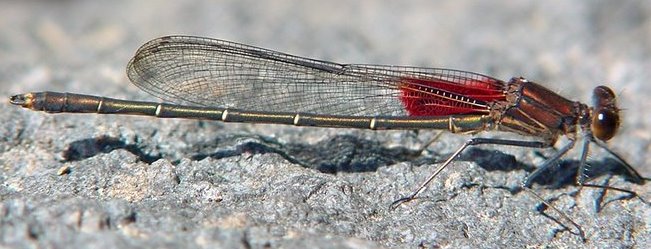Thirty-six, members and friends of the Athol Bird and Nature Club covered the 40th annual Athol Christmas Bird Count Saturday December 19th. Very cold temperatures and about 6 inches of snow made for a wintry day in the north Quabbin. A total of 11,061 individual birds of 56 species were observed by 12 teams of observers who fanned out over the 15-mile diameter circle centered on Athol. Highlights included: Northern Shrike observed in Royalston by Jacob Morris-Siegel And Bruce Scherer, 2 Rusty Blackbirds observed by Jeff Johnstone and his team, A chipping Sparrow and 4 Snow Buntings observed by Billy Fregeau, Josh Rose, and Virginia Rettig, and 3 Eastern Bluebirds observed by John Henshaw and Steve Ferrell. Dave Small’s Team observed a mink and Butch Labrie called in his bird report from his tree stand that included a sighting of a fisher (but no deer as yet.
Canada Goose 7, Am. Black Duck 7, Mallard 11, Common Merganser 12, Ringed-Neck Pheasant 4. Ruffed Grouse 2, Wild Turkey 104, Common Loon 2, Bald Eagle 8, Sharp-Shinned Hawk 4, Coopers Hawk 5, Red-Tailed Hawk 14, Ring-Billed Gull 4, Herring Gull 6, Rock (Dove) Pigeon 558, Mourning Dove 329, Great Horned Owl 1, Barred Owl 5, Saw-Whet Owl 4, Red-bellied woodpecker 13, Downy Woodpecker 153, Hairy Woodpecker 99, Northern Flicker 1, Pileated Woodpecker 9, Northern Shrike 1, Blue Jay 916, American Crow 345, Common Raven 34, Horned Lark 26, Black-capped Chickadee 1226, Tufted Titmouse 283, Red-Breasted Nuthatch 56,
White-Breasted Nuthatch 214, Brown Creeper 21, Carolina Wren 8, Winter Wren 1, Golden-crowned Kinglet 57, Eastern Bluebird 3, Hermit Thrush 1, American Robin 190, Northern Mockingbird 3, Starling 950, Cedar Waxwing 800, American Tree Sparrow 128, Chipping Sparrow 1, Song Sparrow 17, White-Throated Sparrow 236, Dark-eyed Junco 3096, Snow Bunting 4, Northern Cardinal 127, Red-winged Blackbird 2, Rusty Blackbird 2, Purple Finch 16, House Finch 136, American Goldfinch 117, House Sparrow 682
Count participants in the field included: Dave Small (compiler) Ed Armstrong, David Brown, David Cass, Jonathan Center, Anne Cervantes, Dick Cooper, Bob Coyle, Chris Coyle, Paul Daniello, Joan and Larry Duprey, Chris Ellison, Steve Ferrell, Bill Fregeau, John Henshaw, Jeff Johnstone, Bob Mallet, James Mallet, Kate marquis, Melissa Martin, Greg McGuane, Dale, Monette, Jacob Morris-Siegel, Tom Murray, Tom Pirro, Mike Polana, Jay Rasku, William Rasku, Virginia Rettig, Josh Rose, Bruce Scherer, Shelley Small, Barbara Snook, Jenny Southgate, Ann Spring, Mark Taylor, Greg Watkevitch, Todd Wiley. Special thanks go out to all the feeder watchers who also contributed reports.
dave@dhsmall.net
http://www.pbase.com/dhsmall
.jpg)
.JPG)
.jpg)










 The most interesting thing we happen to see today was a large bat flying south in the twilight of a great sunset... I don't know much about bats but with all the concern for our bat populations any sighting is worthy of note...
The most interesting thing we happen to see today was a large bat flying south in the twilight of a great sunset... I don't know much about bats but with all the concern for our bat populations any sighting is worthy of note...










.JPG)
.JPG)








 Tiger Beetles long legged predators in the order Coleoptera are a fascinating lot. Able to quickly run down their prey of ants and other small insects and take flight quickly to evade capture.
Tiger Beetles long legged predators in the order Coleoptera are a fascinating lot. Able to quickly run down their prey of ants and other small insects and take flight quickly to evade capture. 

